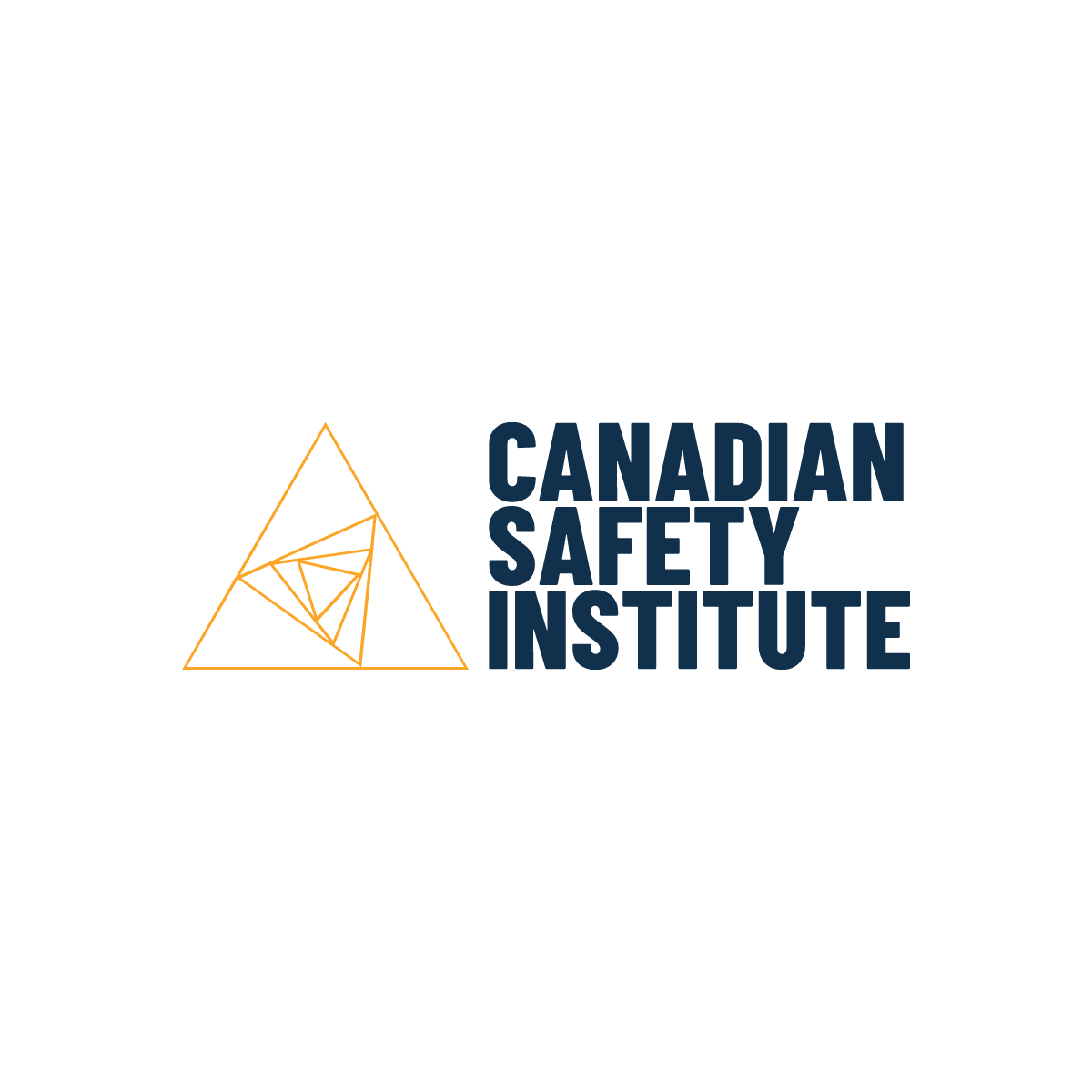A supervisor, a line manager or an operations supervisor serve as the final link between planning and actually doing a job. They are responsible for making sure that all risk reduction measures are implemented while planning a job and that health and safety requirements are complied with while compl

A supervisor, a line manager or an operations supervisor serve as the final link between planning and actually doing a job. They are responsible for making sure that all risk reduction measures are implemented while planning a job and that health and safety requirements are complied with while completing a job.
This is not a simple task. Supervisors often lack competence in this area. This course is designed to equip supervisors with essential knowledge and skills in health, safety and environment.
What Will I Learn?
The purpose of the course is to help supervisors become leaders truly committed to health and safety and able to improve safety culture and to give them practical tools for promoting safety that they will be ready to apply immediately. Participants will learn to:
identify hazards, assess risks, establish and implement risk controls for the operations performed;
ensure safety of hazardous jobs and simultaneous operations through permits-to-work;
improve an organization’s safety culture through personal leadership, employees’ compliance with health and safety rules, informing employees and encouraging their safe behaviour;
conduct effective briefings;
carry out behaviour safety audits (leadership safety audits);
provide in-process monitoring and carry out inspections;
investigate incidents and analyze root causes;
monitor contractor safety.
Who Is This Course For?
The course is intended for supervisors – for operations supervisors.
What Is The Course Program?
Day 1
Topic 1. Introduction – a supervisor’s role in health and safety.
Why is HSE important?
How can supervisors help managers in promoting HSE? – Supervisors’ roles and responsibilities.
Discussion: “What problems do supervisors encounter in planning and implementing HSE arrangements?”
Supervisors’ tools for promoting HSE.
Topic 2. Hazards, risks and control measures. Supervisors’ role in risk assessment
What are hazards, unsafe practices and unsafe conditions, what are risks?
?Tools for hazard identification, risk assessment and control measures identification;
5 simple steps to risk assessment;
Practical task: “Risk assessment in 5 steps;”
Job Safety Analysis;
Practical task: “Filling out a Job Safety Analysis form;”
Dynamic Risk Assessment – for everyone, always and everywhere;
Practical task – Team competition: “Hazard hunt.”
How can a supervisor control specific workplace risks? (For each course, at a client’s request, we choose and examine 5-7 high risks frequently involved in their operations, for example, excavations, work at height, work in a confined space and others.)
Planning and organizing hazardous jobs, including simultaneous operations, through permits-to-work.
Practical task: “Filling out a permit-to-work for a hazardous job and for simultaneous operations.”
Day 2
Topic 3. Safety culture and supervisors’ role in its improvement.
What is safety culture, why can it be more important than systems and procedures and how does it influence health and safety?
?Supervisors’ practical tools for promoting safety culture.
How can supervisors demonstrate leadership and commitment to HSE?
How can supervisors improve compliance with HSE in their teams/departments/services?
How can supervisors increase HSE awareness in their teams/departments/services?
Practical task: “How to conduct an effective pre-job briefing.”
Practical task: “How to issue a job assignment so that the job is carried out safely.”
Human factors. How can supervisors encourage safe behaviour, improve employees’ attitudes towards HSE and their perception of risk?
What is leadership (behavioural) safety audit, and what is the use of it? Behaviour safety audit (leadership safety audit) techniques, frequent mistakes in conducting behaviour safety audits (leadership safety audits) and how to avoid them.
Practical task: “Effective behaviour safety audit (leadership safety audit).”
Day 3
Topic 4. In-process monitoring.
Planning and conducting HSE inspections.
Safety intervention.
Intervention policy and stop cards.
Rules/procedures for suspension of work.
Topic 5. Incident investigation and root cause analysis.
Prompt incident reporting.
Key principles of investigation and immediate and root cause analysis.
Learning lessons from incidents effectively.
Practical task: “A case study on incident investigation and root cause analysis.”
Topic 6. Contractor HSE management.
Key requirements for contractors included in a contract.
Procedure for giving contractors access to a job site.
Monitoring contractor operations.
Contraction motivation, types and effectiveness.
The program may be adapted to a client’s standards, risks, business cases and requests.
Is It Practical? Is It Fun?
The course is interactive, and it is based on the interaction between an instructor and participants; it includes a variety of training formats: mini-lectures, discussions, practical exercises in small groups, analysis of business cases, individual self-assessment, watching video materials – to ensure understanding of the materials and reinforce the learning process. An instructor uses a lot of examples from international best practices.
Participants will be able to put the knowledge and skills acquired during the course to practice immediately.
Certificate
?Upon successful completion of the course, participants will be issued a certificate of completion.
Canadian Safety Institute offers Health, Safety and Environmental (HSE) consulting and training that assist companies with improving their safety culture and reducing operational risks. Become a certified safety and environmental expert with our array of accredited and bespoke training courses and acquire useful knowledge and practical skills to boost your career.
© 2025 coursetakers.com All Rights Reserved. Terms and Conditions of use | Privacy Policy